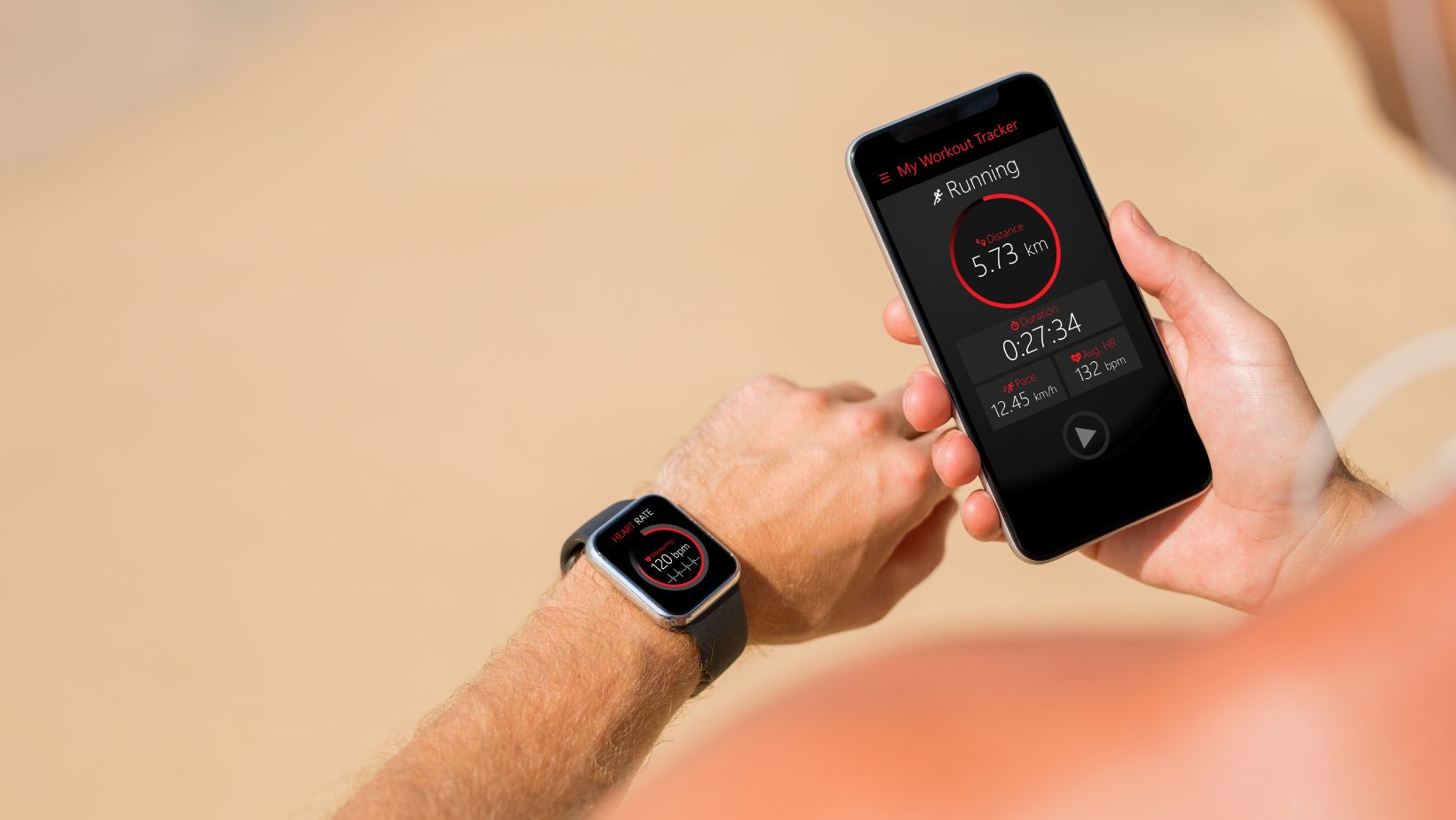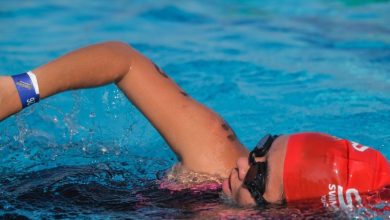Technology in Sports: Navigating the Pros and Cons
Unlocking the Pros and Cons of Wearables, Apps, and Big Data in Sports

Triathlons demand a blend of endurance, meticulous training, and a nuanced nutritional strategy. With the boom in endurance events, the U.S. saw 2.5 million triathlon participants in 2015, and globally, the count hit 3.5 million. The stakes are high, and so is the need for a scientific approach to nutrition1.
Swimming: A Glycogen Game
Swimming in a triathlon is more than just a splash; it’s a glycogen-burning furnace. The anaerobic energy system takes the lead, making carbohydrate fuels essential. The science backs this up, suggesting simple sugars like glucose and fructose are your go-to as they convert swiftly into energy. Energy gels or isotonic sports drinks are your pals here.
Cycling: The Nutritional Long Haul
As you transition to cycling, the longest leg of the triathlon, a mix of carbohydrates and fats will keep those pedals moving. Recent studies emphasize the significance of carbohydrate intake, especially during endurance training and competition formats like the Olympic and Ironman events2.
Running: Carbs Continue to Reign
The running leg still leans heavily on carbohydrates, stored as glycogen. As you pace through, consuming carbohydrates and electrolytes will keep muscle fatigue at bay and uphold your performance. Electrolyte drinks, fruits, or energy gels are your best bets here.
Timing and Hydration: The Silent Whispers of Success
Nutritional timing and staying hydrated are like the unsung heroes of a triathlon. The strategy is simple yet profound: regular carbohydrate intake and consistent hydration. Recent insights reveal that during competition, cycling provides the best opportunity to hydrate, given the relative ease compared to swimming and running3.
The Personalized Nutritional Blueprint
Every athlete is a unique equation. Factors like age, gender, and personal tolerances shape your nutritional strategy. The call for personalized nutrition plans is loud, especially for elite athletes. It’s more than just a general guideline; it’s about fine-tuning based on individual physiological responses.
Conclusion: The Nutritional Symphony of Success
Triathlon nutrition is a dynamic realm. The sport’s demands, personal physiological factors, and even the race-day conditions choreograph a complex nutritional dance. Tapping into evidence-based nutritional knowledge tailored to each phase—swim, bike, and run—translates to a significant advantage, irrespective of your experience level. In a discipline where minor advantages cascade into major wins, your nutritional strategy is the compass guiding you to the finish line.










